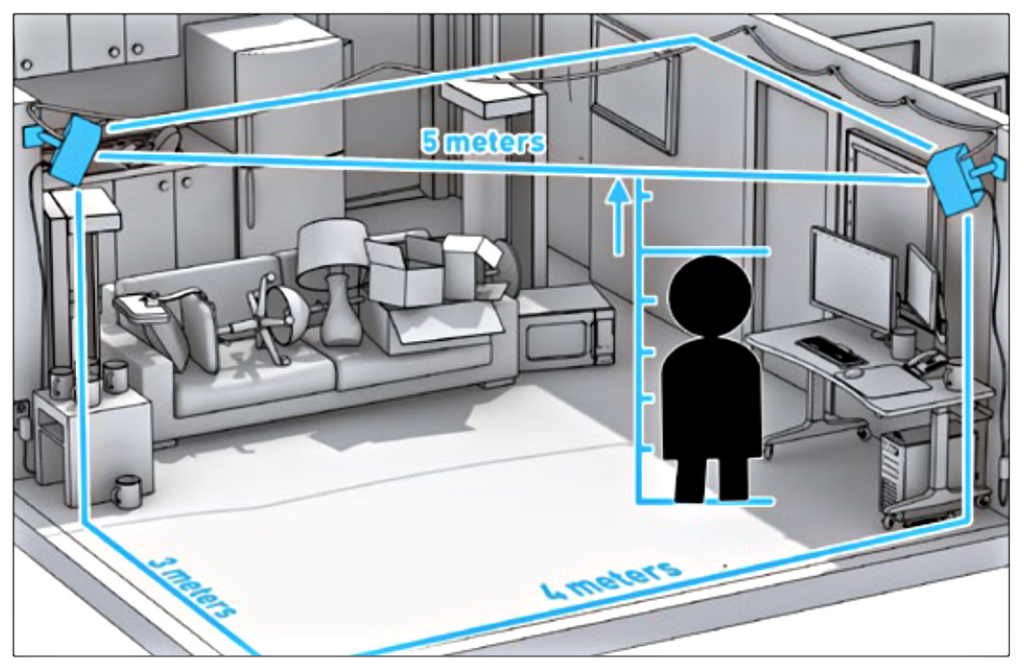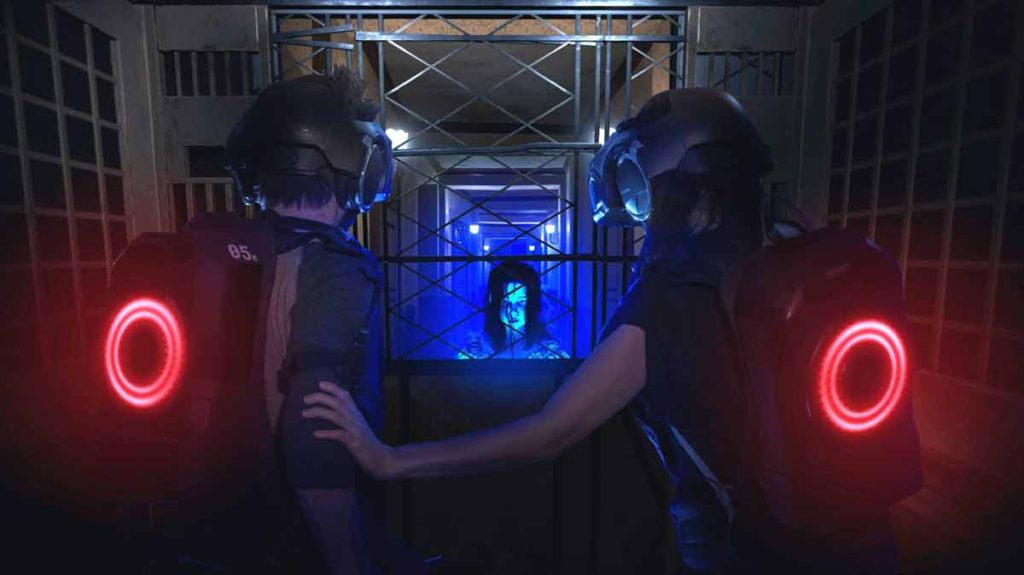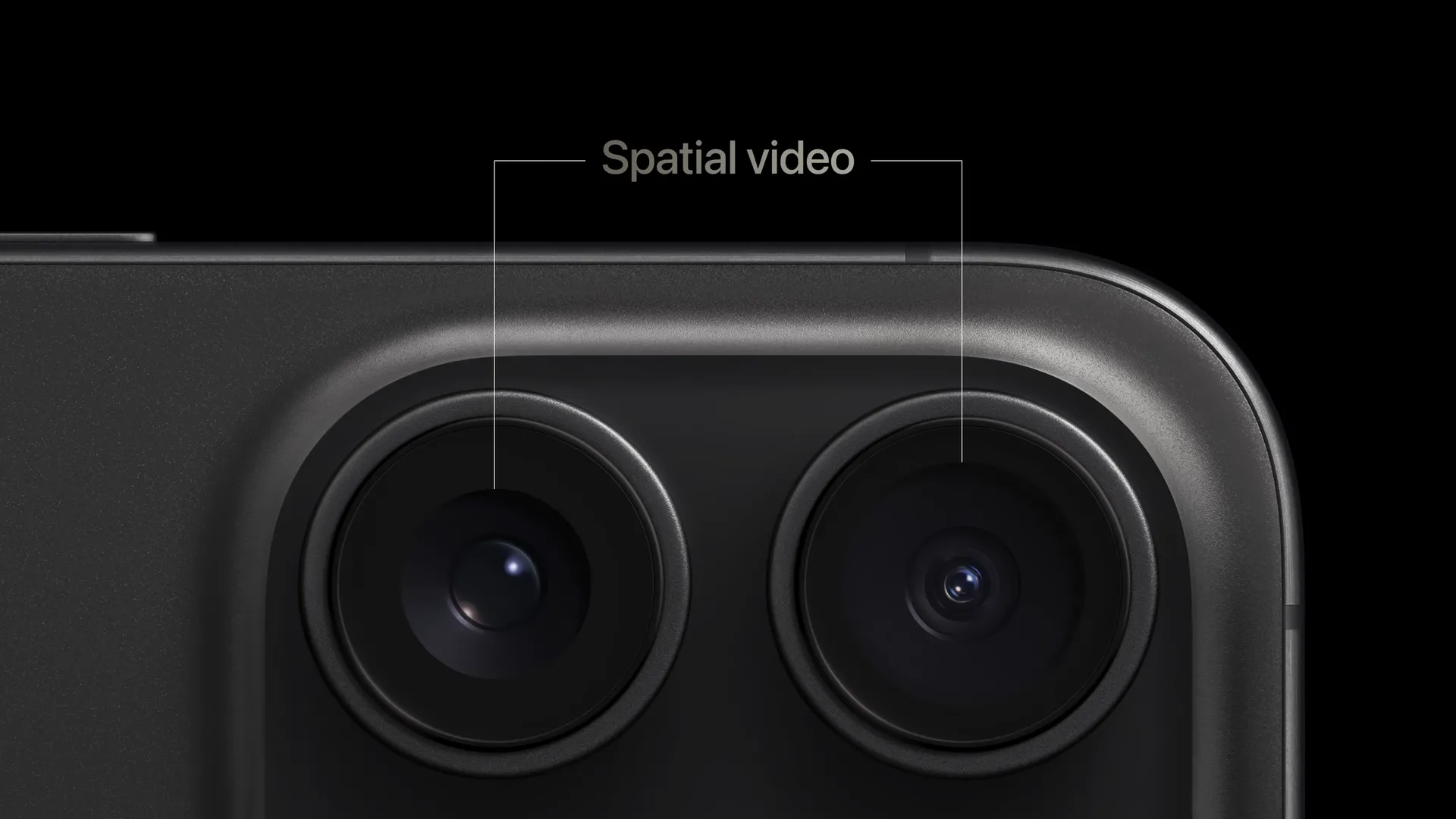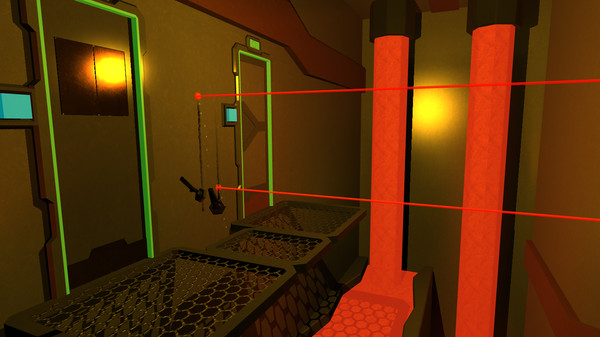Introduction
The recent release of Curtis Hickman’s book “Hyper-Reality” has inspired us to take a retrospective look at the state of roomscale 6DoF VR. This reflection is further reinforced by Apple’s announcement on September 12th of the upcoming iPhone 15 Pro (2024), which promises to bring spatial video into the consumer mainstream.
What is 6DoF?
The term 6DoF stands for “Six Degrees of Freedom,” which refers to the freedom of movement in a three-dimensional space. Specifically, it allows for movement along the X, Y, and Z axes, as well as rotation around these axes. This results in six types of movement: forward/backward, up/down, left/right, pitch, yaw, and roll.
The Advent of Roomscale
Roomscale VR takes 6DoF a step further by allowing the user to physically walk around a space that is mapped to a virtual environment. This freedom of movement adds an additional layer of immersion but comes with its own set of challenges:
- Space Constraints: While roomscale VR aims to be immersive, the physical dimensions of the room can limit the virtual experience.
- Obstacle Detection: Developers have to consider how to warn or prevent users from bumping into real-world obstacles while immersed in the VR experience.
The Evolution from Lighthouses to Inside-Out Tracking
Lighthouses: The Early Days
In the early stages of roomscale 6DoF VR, external sensors, commonly referred to as “lighthouses,” were used to track the user’s movement. These sensors were placed around the room to triangulate the user’s position, providing a high degree of tracking accuracy.

The Shift to Inside-Out Tracking
Recent advancements have seen a move toward inside-out tracking, where cameras and sensors are built directly into the VR headset. This eliminates the need for external sensors, making the setup more straightforward and portable.
The Pros and Cons
- Lighthouses:
- Pros: High precision, can account for environmental cues.
- Cons: Complicated setup, less portable. And the cables, oh the cables. Calibration. Buzzy sensors.
- Inside-Out Tracking:
- Pros: Easier setup, portability.
- Cons: May lack the ability to account for environmental cues that lighthouses can detect. May lack precision that industrial applications require, especially in larger and multi-user contexts.
Although inside-out tracking has made roomscale 6DoF VR more accessible, there remains a level of precision and environmental awareness in lighthouse systems that inside-out tracking has yet to achieve.
The Inspirational Impact of “Hyper-Reality”
The VOID and Beyond
Curtis Hickman, a co-founder of The VOID, pushed the boundaries of what could be considered real in a virtual environment. He focused on creating experiences where not just everyday phenomena but even the impossible felt real.

The Release of “Hyper-Reality”
Curtis Hickman took his years of expertise and compiled them into “Hyper-Reality,” a book that delves into the theory and practical aspects of hyper-real experiences. The book covers:
- Teleportation Techniques: Hickman discusses how to move someone in a virtual space in a way that they perceive as actual physical movement.
- Sensory Engagement: The book also touches upon how to make fictional worlds feel tangible through multi-sensory engagement.
The Fall and Rise of The VOID
The VOID had a promising start but fell on hard times, eventually closing in March 2020 after defaulting on loans and losing Disney’s partnership. Despite this, Hickman’s principles remain relevant and are likely to influence the next wave of hyper-reality experiences.
This release has inspired us to look back at roomscale 6DoF VR to see how far it has come and where it could potentially go, especially with the integration of hyper-real elements.
Apple’s Forthcoming Spatial Video Technology
Apple’s iPhone 15 Pro, set for release with a powerful A17 Pro CPU, will allow users to capture 3D spatial videos. These videos can be experienced through Apple’s Vision Pro mixed-reality headset, slated for release in early 2024.

Of course this was already being done by Intel Studios and MetaStage but the cost of production and completion was in the tens of thousands of dollars per finished minute.
- Simplifying Spatial Video Capture: The iPhone 15 Pro aims to democratize the capture of spatial videos by making it as easy as point-and-shoot.
- Enhanced Experience: The Vision Pro headset will enable users to relive moments captured as spatial videos in a fully immersive environment.
A Clever Use of Space: The Case Study of “Unseen Diplomacy”
“Unseen Diplomacy” stands out for its ingenious use of space in roomscale 6DoF VR. This criminally under-covered game employs a technique known as redirected walking, (or a form of it) which subtly manipulates the virtual environment to make the physical space feel larger than it actually is. Similar application exists in the oppositely massively successful Job Simulator that adjusted the environment based on the user’s play space.

Future Implications and Directions
The principles discussed in “Hyper-Reality” and the upcoming spatial video technology from Apple suggest exciting future directions for roomscale 6DoF VR.